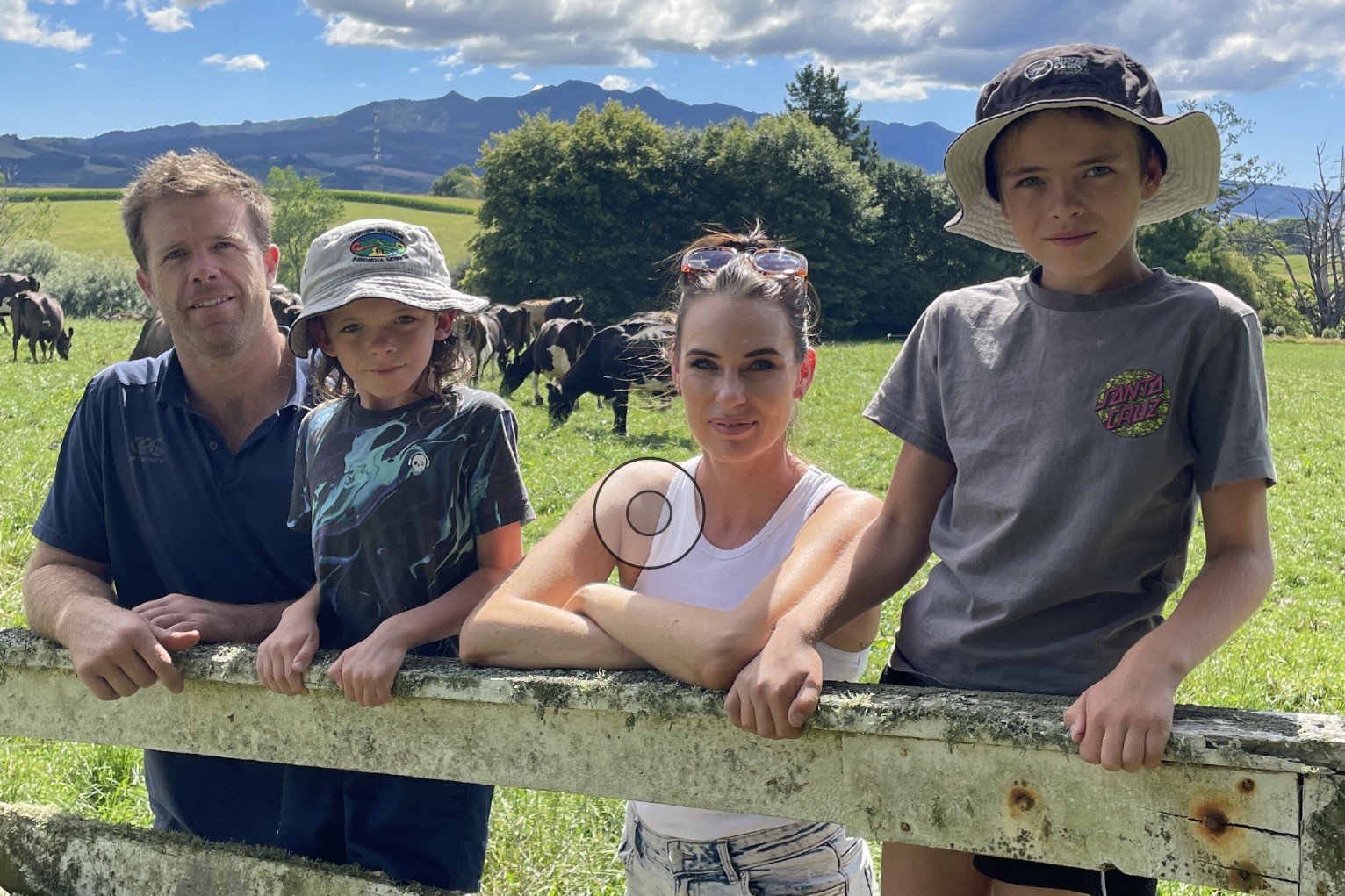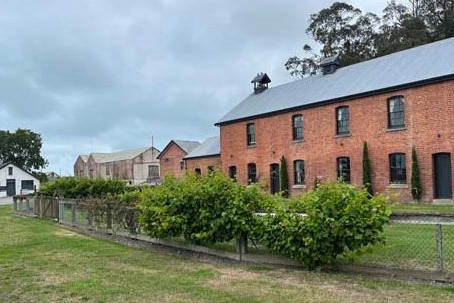Karen Trebilcock
What started as a way for contractors to get more use out of their gear has become a southern answer to lowering winter crop expenses.
In the past, swede seed has been broadcast, ridged or direct drilled but about four years ago in Southland contractors started putting it through their precision drills to see if it would work.
Fodder beet, which has been used as a winter crop for about the past 12 years in the south, needs to be planted with a precision drill but after the planting season finishes each year in October, the expensive drills lie idle while swedes and kale are sown.
To make it work, the contractors weighted the swede seed to run it through the drill.
PGG Wrightson Seeds quickly took notice.
Trial work was done and the method refined and this winter cows chowed down on swede crops bigger and better than ever before.
PGG Wrightson Seeds technical nutritionist and agronomist Wayne Nichol said by precision-drilling swedes it made sure each plant had enough space, nutrients and moisture to grow to its full potential.
He’s seen crops of more than 20 tonnes drymatter/ha and has heard of crops close to 30t DM/ha.
Not only are the per hectare drymatter tonnages impressive, the swedes are also softer and sweeter so are more palatable for stock and utilisation is high.
Traditionally grown swedes usually result in winter crops of about 12t to 15t DM/ha. The sowing rate is 1kg seed/ha and costs are low due to the seed being cheap, ground preparation kept to the minimum required and weed and pest spraying done only if needed.
“When precision-drilling swedes, and this will do peoples’ heads in, the rate is 350g of seed per hectare,” Nichol said.
The spacing is the same as for fodder beet – rows 50cm apart and 22cm between each seed resulting in 90,000 plants per hectare.
“We’ve put Split-cote on the Ultrastrike seed, which weights it so it can go through the drill, which also allows the embryo in the seed to swell when planted increasing germination.”
But farmers and contractors have not just learned from planting fodder beet – they’re also learning a few things from growing it.
“Just like with fodder beet, precision-drilled swedes need a well-cultivated seed bed, and it needs weed and pest spraying because with less plants you need every one of them to survive,” he said.
With the extra spraying, plus the higher cost of precision drilling and preparing the seed bed, the costs per hectare are about $1400 but they still stack up compared with $2000 or more for fodder beet.
“But the tonnages of winter feed we are seeing are about the same as fodder beet plus there are not the animal health risks that farmers have with a beet crop although you still have to be careful because of the higher sugar content.”
Fodder beet would still have a place on southern farms as an alternative crop rotation to brassicas, he said.
The most popular varieties of swedes this year were Clutha Gold and in the Cleancrop varieties it was Hawkestone.
“This way of growing swedes really suits the Cleancrop varieties as you already have the weed management system there.”
Nichol said farmers had to grow precision-drilled swedes to the potential yield not predicted yield.
“Put the fertiliser on for the tonnage you are going to grow and make sure you measure your crop before you feed it and transition your stock on to it carefully.
“There are still all the worries of nitrates and everything else when feeding it and if you don’t realise how much you are giving your cows to eat, these problems will be compounded especially as the palatability is really high.”
Nichol said he saw precision-sowing swedes as returning to how it was done 50 years ago.
“Farmers are again putting the effort into making a good seed bed, they’re looking after the plants and getting rid of the weeds and they’re getting the results.
“Every day, almost, I’ve been getting phone calls from farmers about it. It’s really taking off.”





